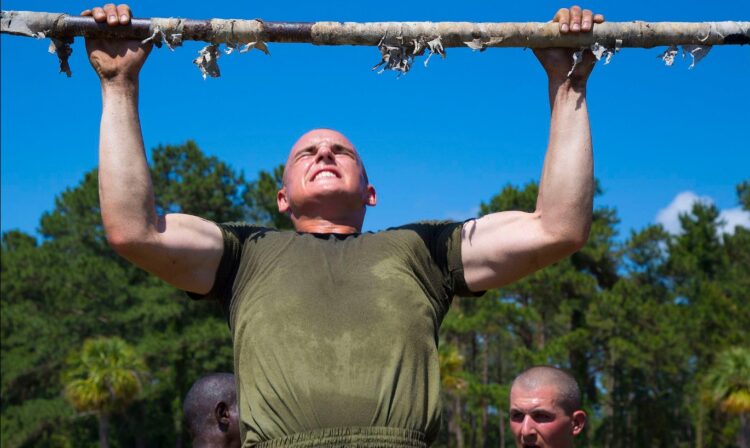Dreaming of joining one of the most elite military units in the world? Preparing for the Navy SEALs is not just about physical prowess; it’s a test of mental fortitude and endurance. To make the cut, potential candidates must ready themselves both physically and psychologically. This rigorous training doesn’t start in the military—it’s something you should begin well before enlisting.
Understanding SEAL Team Physical Requirements
The journey to becoming a Navy SEAL starts with an understanding of the physical qualifications required. Candidates must meet and exceed exceptional standards of stamina, strength, and agility. Here’s what you’ll need to prepare for:
- **Swimming Ability**: You must be capable of swimming 500 yards breaststroke or sidestroke, with times under 12:30 considered competitive.
- **Push-ups**: At least 50-75 push-ups in two minutes with minimal rest.
- **Curl-ups**: Perform 50-90 curl-ups in two minutes.
- **Pull-ups**: Achieve at least 10-20 pull-ups in two minutes.
- **Running**: Engage in a 1.5-mile run in under 10 minutes, although anything under 9 minutes is preferred.
Building a SEAL-Ready Workout Routine
The training routine should mimic the physical demands of Basic Underwater Demolition/SEAL (BUD/S) training, which is notoriously challenging. Consider incorporating the following exercises into a weekly workout schedule:
Monday: Core Strength and Endurance
- 1,000-yard swim – freestyle/breaststroke
- 4 sets of push-ups until failure
- 3 sets of pull-ups until failure
- 5-mile run at a steady pace
Tuesday: Cardiovascular and Upper Body
- 1,000-yard fins or swim
- 3 sets of incline bench press – 10 reps each
- 3 sets of military press – 10 reps each
- 3 sets of deadlifts – 15 reps each
Wednesday: Active Recovery and Flexibility
- Yoga or Pilates session
- 30-minute light jog
- Focus on stretching – 30 minutes
Incorporating Mindset and Nutrition
Physical readiness is only half of what it takes to become a SEAL. Mental toughness is crucial—prepare for this aspect with techniques like visualization and stress training. Additionally, the importance of nutrition in maintaining peak physical condition cannot be overstated. Here’s what to focus on:
- **High Proteins**: Lean meats, beans, and legumes for muscle repair and growth.
- **Healthy Carbs**: Whole grains, fruits, and vegetables for sustained energy.
- **Hydration**: Staying hydrated, especially before and after intense workouts.
- **Recovery**: Incorporate supplements as needed, such as protein shakes and vitamins.
Sample Nutritional Plan
| Meal | Food Items | Notes |
|---|---|---|
| Breakfast | Oatmeal, eggs, fruit salad | Focus on complex carbohydrates |
| Lunch | Grilled chicken breast, quinoa, steamed vegetables | High protein, moderate carb |
| Dinner | Salmon, brown rice, broccoli | Omega-3s for muscle health |
| Snacks | Nuts, yogurt, protein bars | Keep energy levels up |
Sticking to the Routine
Consistency is key when preparing for something as challenging as SEAL training. Set realistic goals and track your progress. Use fitness trackers, maintain a journal, or form accountability partnerships. Remember, setbacks happen; perseverance in the face of adversity is part of what defines a successful SEAL candidate.
The path to becoming a Navy SEAL is not for the faint-hearted. It requires unparalleled commitment, endurance, and determination. But if you prepare properly, embody the spirit of resilience, and keep your eye on the prize, the grueling journey will ultimately lead to the honor and privilege of calling yourself part of the SEAL Team.









